
Close-up of whales hunting in the waters of Vung Boi, Gia Lai .

After many days, VTC News reporters recorded images of a mother and baby whale hunting in the sea of Vung Boi, An Luong commune, Gia Lai province (My Thanh commune, Phu My district, former Binh Dinh province).

Gia Lai province has a coastline of more than 130 km and a diverse and rich ecosystem, so in recent times, Lien Luc has become an ideal destination for whales.

The Center for Biodiversity Conservation and Endangered Species (CBES) in collaboration with the former Binh Dinh Fisheries Department surveyed and determined that the rare fish species appearing in this sea area is the Bryde's whale, scientific name Balaenoptera edeni.

Bryde's whales are also large, but they have a slim body and outstanding swimming speed to chase their prey. Each hunt is a dance under the ocean, a display of intelligence and strength.

Unlike other whale species, Bryde’s whales prefer to hunt alone or in small groups within their families. They use their speed to chase small fish that usually travel in schools, plankton, as well as small crustaceans and squid. When approaching their prey, they will suddenly accelerate, opening their mouths very wide to swallow a large amount of seawater along with the prey.

The whale's system of folds on its belly allows it to expand its mouth cavity to an incredible extent, allowing it to hold huge amounts of water and food. The water is then pushed out of the mouth cavity through the baleen plates, trapping the food inside.

The hunts demonstrate the intelligence, coordination and strength of Bryde's whales as they hunt prey in the marine food chain.

Whales often appear in Gia Lai waters during the fish season (from April to July), they follow schools of fish to hunt.

The frequent appearance of whale pods offers great potential for ecotourism development, attracting nature lovers and those wishing to learn about marine life.
In just the past month, there have been 5 times when locals and tourists were lucky enough to record images of whales hunting in sea areas such as Vung Boi, Tan Phung, De Gi, Nhon Ly... This is a result that demonstrates the efforts to preserve the marine environment along with controlling destructive exploitation of local seafood resources.
According to the Center for Biodiversity Conservation and Endangered Species (CBES), the Bryde's whale, scientifically named Balaenoptera edeni, is listed in Appendix 1 of the CITES Convention prohibiting international trade and transport; the Convention on the Conservation of Migratory Species of Wild Animals CMS; at the VU level (at risk) according to Decision 82/2008 of the Ministry of Agriculture and Rural Development (now the Ministry of Agriculture and Environment) on the announcement of the List of rare aquatic species at risk of extinction in Vietnam that need to be protected, restored and developed.
This is a marine mammal of the toothed whale family (Balaenopteridae), the most prominent feature that can distinguish the Bryde's whale from other whales is the "three ridges" on the top of their head, in front of their breathing hole.
Adult Bryde's whales are relatively large, measuring 11-15.5 m in length and can weigh 12-20 tonnes. Meanwhile, newborn whales are only 3-5 m in length and weigh 1-2 tonnes.
Although Bryde's whales are naturally docile, they still have a certain instinct to defend themselves if provoked or attacked. In female whales with young, the instinct to defend themselves is even stronger.
Small canoes or tourists paddling inflatable boats or free diving too close to mother whales can trigger the mother whale's self-defense instinct, endangering visitors. Or ships and passenger vehicles approaching too close to whales (e.g. closer than 20 m) can cause mother whales and calves to become stressed.
It is recommended that boats and whale-watching tourism services maintain a minimum safe distance of 100 meters to avoid harming the whales. At the same time, boats moving in whale hunting areas should pay attention to avoid hitting or colliding with whales.
Vtcnews.vn
Source: https://vtcnews.vn/ve-bien-gia-lai-ngam-nhung-ga-khong-lo-cua-dai-duong-san-moi-ar951981.html




![[Photo] National Assembly Chairman Tran Thanh Man receives First Vice Chairman of the Federation Council of the Federal Assembly of the Russian Federation](/_next/image?url=https%3A%2F%2Fvphoto.vietnam.vn%2Fthumb%2F1200x675%2Fvietnam%2Fresource%2FIMAGE%2F2025%2F12%2F02%2F1764648408509_ndo_br_bnd-8452-jpg.webp&w=3840&q=75)








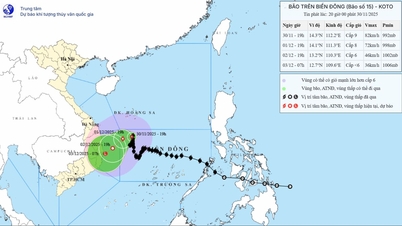



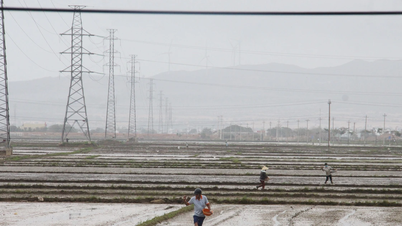

















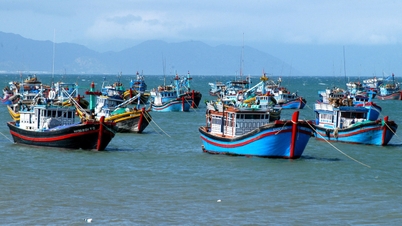




























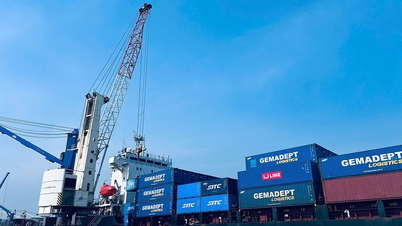

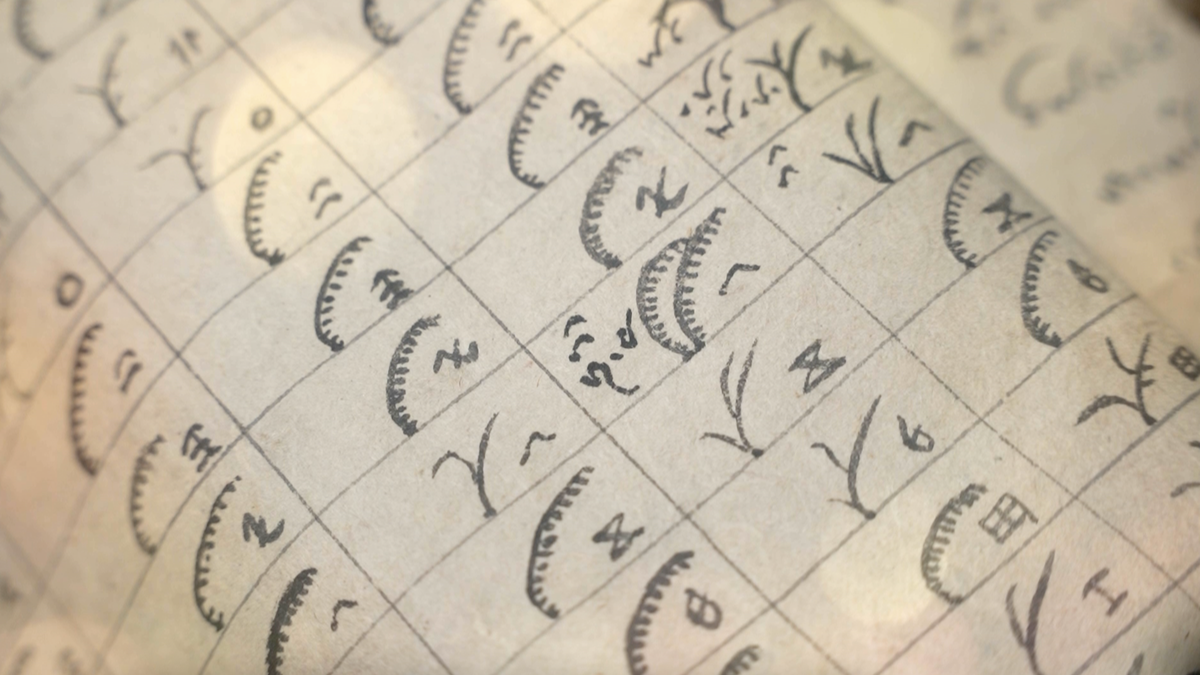
















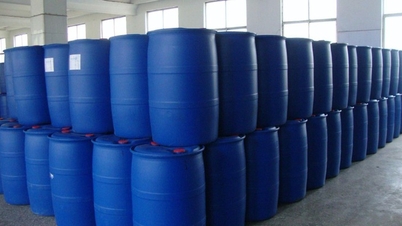























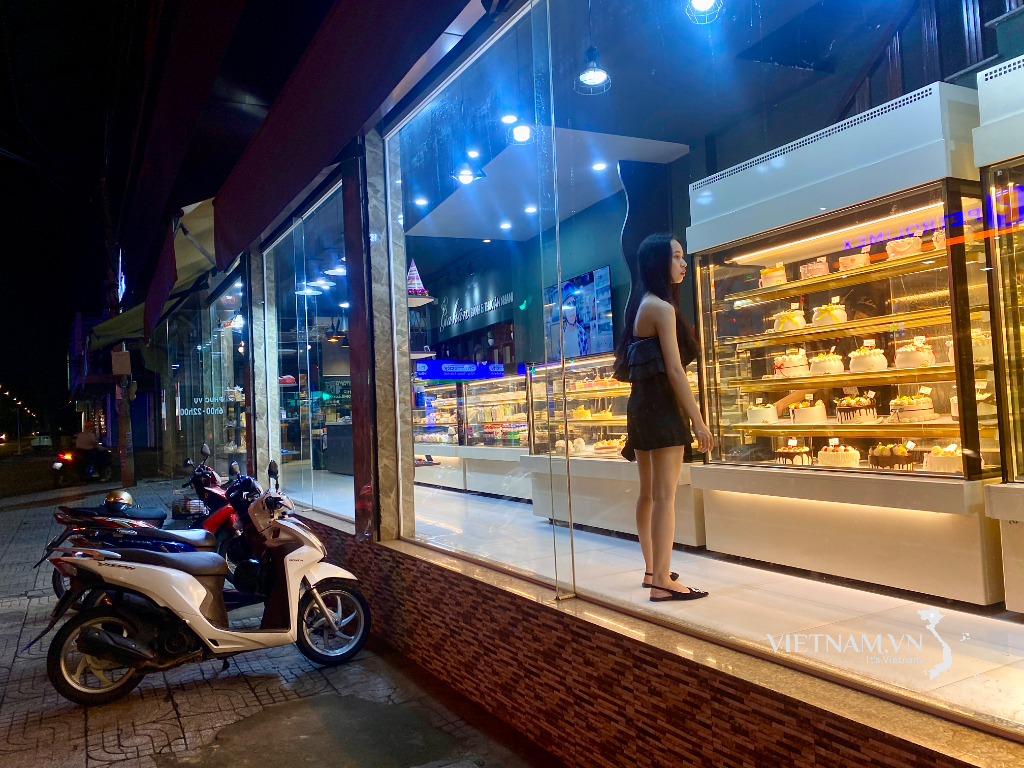



Comment (0)